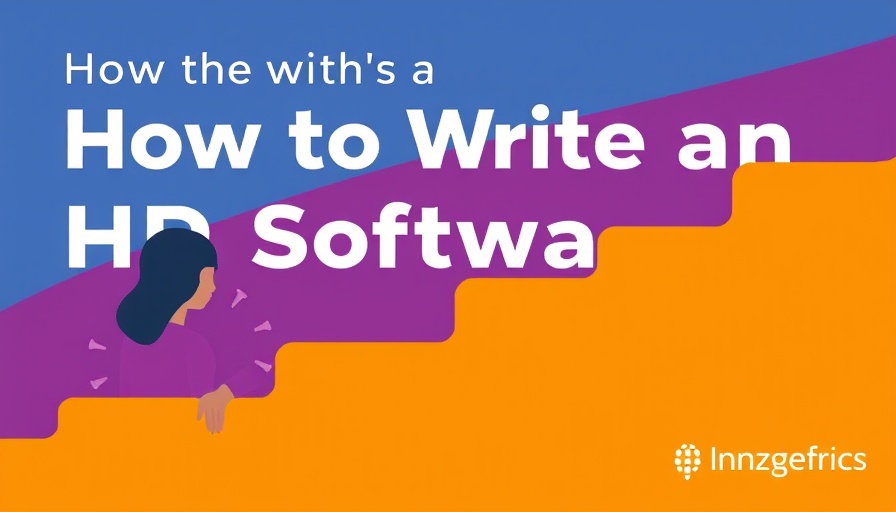
AIOps Tools: Your Secret Weapon for Business Efficiency
Business owners operating within the $2M–$10M revenue bracket face a unique set of challenges as they scale operations and pursue funding opportunities. In this dynamic environment, AIOps—Artificial Intelligence for IT Operations—emerges as a pivotal component for optimizing operational infrastructures. By harnessing advanced analytics and machine learning, businesses can streamline processes, enhance collaboration, and boost productivity, all while managing the complexities of rapid growth.
Understanding AIOps: What’s in it for You?
Before diving into specific tools, let’s consider the core benefits of AIOps. These frameworks simplify data management by automatically correlating alerts and incidents, significantly reducing time spent on troubleshooting. Rather than sifting through a myriad of alerts, business owners can focus on strategic tasks that drive growth.
Top AIOps Tools for Streamlining Operations
Here are the top AIOps tools that can enhance your monitoring and operational strategy, leading to more efficient workflows:
- Splunk: Known for its powerful data analytics capabilities, Splunk helps companies visualize and interpret data trends in real-time.
- IBM Watson AIOps: This tool excels in leveraging AI to detect anomalies and automate tasks, optimizing IT operations effectively.
- Dynatrace: Offers complete visibility into your systems, allowing teams to proactively address performance issues.
- Moogsoft: Enhances collaboration by providing a shared view of alerts and incidents through its intuitive interface.
- BigPanda: Its advanced event correlation reduces noise and identifies critical issues across infrastructures, a must-have for busy teams.
Why AIOps Matters Now More Than Ever
The landscape of business operations is constantly evolving, and the demand for robust software tools has never been higher. With collaboration and rapid product development at the forefront of customer satisfaction, investing in these AIOps tools can dramatically elevate your operational efficiency. Streamlining processes through automation allows teams to increase their output while minimizing manual labor, ultimately benefiting overall business health.
Navigating the AIOps Landscape: Your Next Steps
Implementing AIOps tools may feel daunting, but the key lies in choosing the right solution tailored to your specific operational needs. Start by assessing your team’s pain points: Are you grappling with data overload? Do communication breakdowns impede project timelines? Selecting the appropriate AIOps tool can bridge gaps in project management and enhance collaborative efforts.
Call to Action: Are You Ready to Scale Efficiently?
If you’re a business owner looking to elevate your operational infrastructure, now is the time to embrace AIOps tools. As the market becomes more competitive, having a strong grasp of software tools that facilitate growth is essential. Take the leap—research these tools, identify the right fit for your business model, and start transforming chaos into a streamlined operation.
 Add Row
Add Row  Add
Add 



Write A Comment